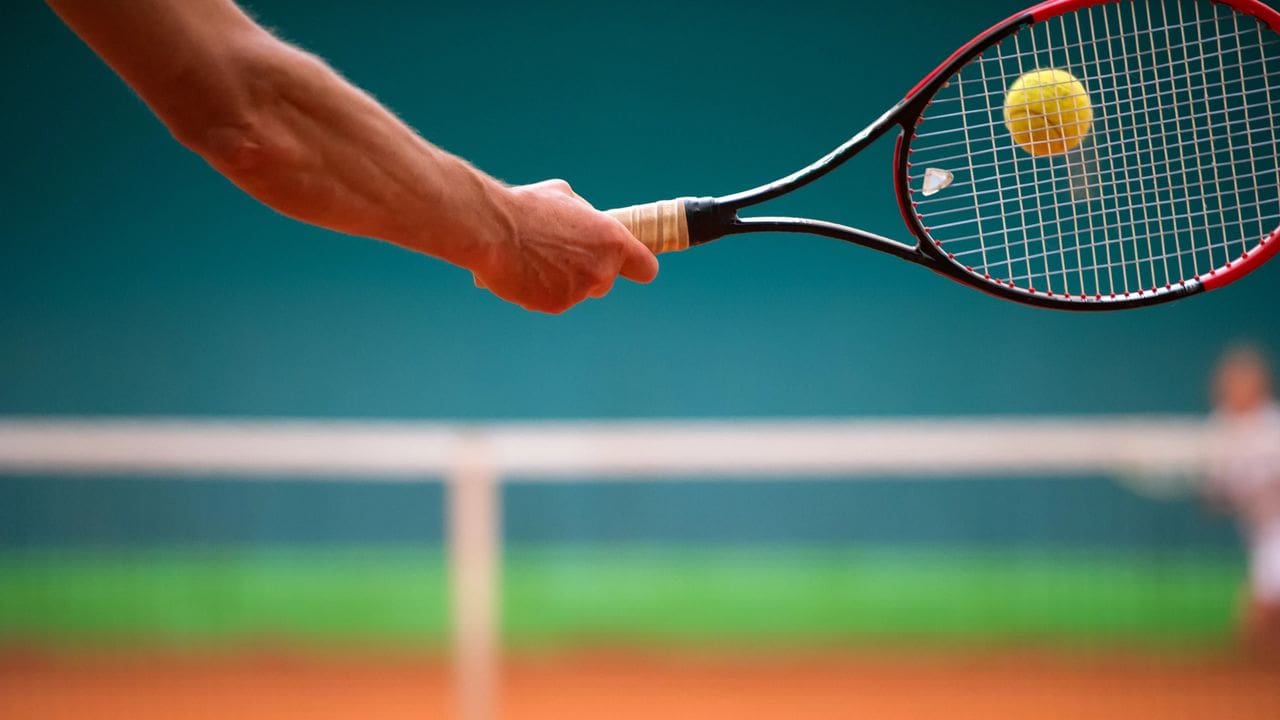
Overuse Injuries (Repetitive Strain)
Overuse injuries, also known as repetitive strain injuries are caused by repetitive stress on your body without enough time to recover, repair and adapt. They are typically due to training or technique errors. Overuse injuries are common amongst athletes typically due to increasing the intensity, frequency or weight too quickly during training. They can also occur from day to day or work activities. So even if you’re not working out and you start to have pain somewhere in the body it can be due to an overuse injury.
Examples of Overuse Injuries
- Shoulder Tendinitis: Pain to the front or back of the shoulder, that typically increases with overhead, across the body or behind the back shoulder movements. Increased pain with pushing, pulling or the repetitive motion that created the pain.
- Tennis or Golfers Elbow: Pain to either side of the elbow and in the forearm. Typically increased pain with squeezing, lifting, opening a door, weights, flexing or extending the wrist.
- Achilles Tendinopathy: Pain/inflammation in the achilles tendon (large tendon that runs down the back of your lower leg). Increased pain to touch, flexing the ankle/foot, running, jumping, stairs and walking.
- Plantar Fasciitis: Pain/inflammation to the tissue in the bottom of the foot and heel that typically occurs with the first few steps in the morning, walking after prolonged sitting, and after exercise.
- Patellar Tendinitis: Pain/inflammation to the tendon that attaches your knee cap to the shin. Pain with activity, stair climbing and rising from a chair.
Adapting to Load and Demand
On a day to day basis our bodies have to adapt to load with normal daily activities. When you introduce a new activity or exercise, your body has to adapt to the increase in demand. So whether you are starting a new strengthening, swim, running or walking program you need to gradually increase the frequency, intensity and weight. You also should not increase them all at once. Doing too much, too soon, is what causes a repetitive injury to occur. That also goes for activities that are not athletically related. Opening/closing a heavy door daily could be a cause of that shoulder or elbow pain.
A new exercise, activity, or work related task can place an increase demand on your muscles, tendons and bones. You may notice increased muscle soreness that day or the following day and can last for a few days. The new load has caused a micro trauma in your muscles, tendons and bones. It requires a few days to repair itself. This is why it is so important to give your body rest and gradually increase loading the body so you avoid injury.
Avoiding Overuse Injuries
The key to avoiding overuse injuries is to gradually increase how much you are loading the body. A good rule of thumb is to increase training about 10% each week, but at about week 3 or 4 lighten the load to give the body rest before resuming increasing the training. Everyone has bad days working out or training, on those days listen to your body and back off. Make sure you also have proper form and equipment with the activity. It is also important to cross-train with any activity to help avoid an overuse injury.
If your overuse injury is not from a training program and is from everyday or work activities try and identify the repetitive activity. A common overuse injury I see is Tennis Elbow in women that have babies. The constant holding of the baby especially as the baby becomes heavier can cause tendonitis of the elbow. That could be avoided or managed by proper posture with holding the baby.
What to do when you have an Overuse Injury
- Rest: Hold on the activity that is causing the pain and any other movement that causes discomfort.
- Ice: Ice massage to the area for 3-5 minutes 2-3x/day can help calm down the inflammation.
- Activity Modification: Work on low-impact activities and activities that do not cause discomfort. If it’s a daily or work task try to modify the activity that is causing discomfort.
- Seek Help: If you continue to have pain after 2-3 weeks it is time to follow up with a Physical Therapist. Physical Therapy can help decrease the pain/inflammation more quickly than on your own. It can also be beneficial for working on form and developing a proper training program.
When the injury has subsided make sure to gradually start up with activities and focus on form, proper training program and cross-training to avoid further injury.
If you have questions regarding this post or think you may have an overuse injury that you want looked at contact [email protected] or visit dynamic-pt.com.
